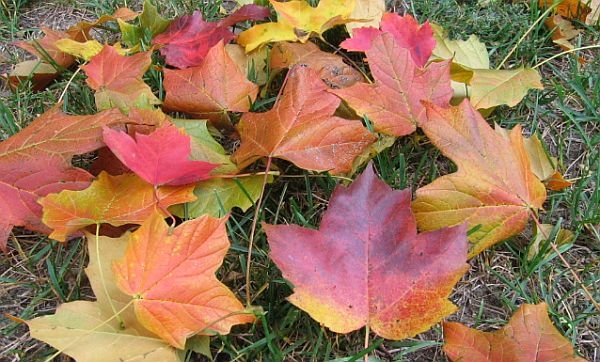
I’m Charlie Nardozzi and this is
the Vermont Garden Journal. It covers
more land than the states of Pennsylvania, Delaware, and Rhode Island combined.
People spend more than 40 billion dollars a year maintaining it, and that
maintenance results in air, water and noise pollution. Who’s the culprit—
your lawn.
But your lawn doesn’t have to be
such a money sucker and polluter. It all depends on how you maintain it. If you
were only going to work on your lawn once a year, now is the ideal time. By
taking steps this fall to create a thick, lush, healthy lawn, you’ll have fewer
problems with weeds, insects, and disease next year. Here’s what to do.
Aerate lawns so water, air, and
fertilizer can more easily reach the roots. Top dress your lawn with a 1/4 inch
think layer of compost to build the organic matter and grass’ root system.
Fertilize with an organic product low in phosphorous to reduce pollution. Most
lawns have plenty of phosphorous and the excess fertilizer just runs off into waterways.
Over seed your lawn with grass seed. This grass seed will germinate easily in
the cool, moist fall conditions and the extra grass will create a thicker
carpet that will keep weeds from invading.
Now for this week’s tip, protect
tender vegetables, such as basil and peppers, from frosty nights with row
covers or a blanket. Water plants well and cover them before dusk so heat will
accumulate and keep the plants warm at night.
Next week on the Vermont Garden
Journal, I’ll be talking about planting tulips. For now, I’ll be seeing you in
the garden!